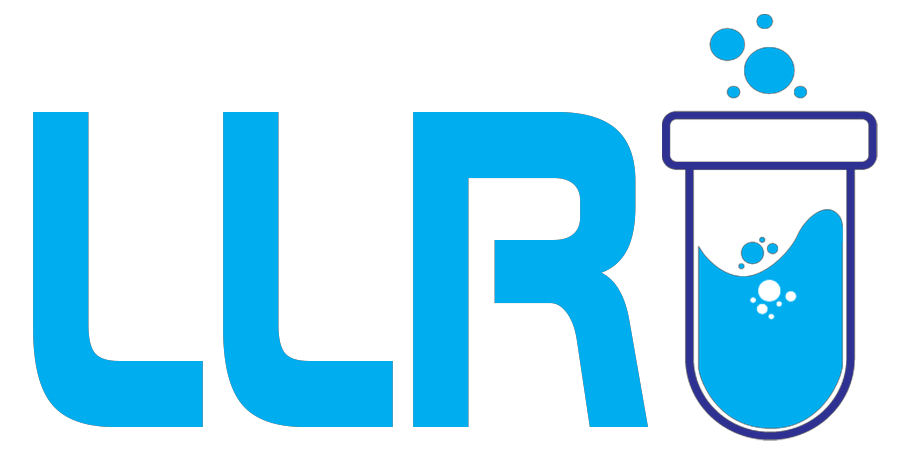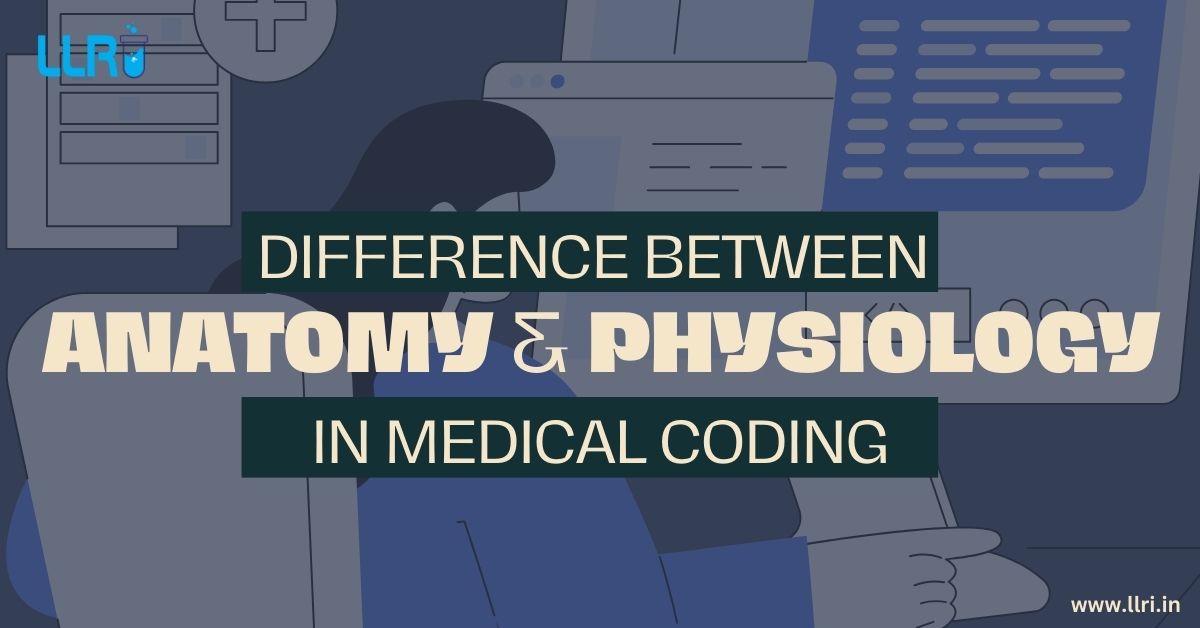Difference Between Anatomy And Physiology: Medical coding is like the unsung hero of healthcare. It’s the system behind accurate billing, insurance claims, and even patient care records. To succeed in this field, you need to be precise, but precision doesn’t come out of thin air—it’s rooted in understanding human biology.
So, why are anatomy and physiology so important in medical coding? Let’s break this down step by step and explore the difference between anatomy and physiology while discussing their role in medical coding jobs.
What’s the Difference Between Anatomy and Physiology?
At first glance, anatomy and physiology might sound like two sides of the same coin. But when you take a closer look, you’ll see their distinct roles.
- Anatomy is all about what’s “there.” It focuses on the structure of the human body—organs, muscles, bones, and even cells. Think of it as the physical map of the body.
- Physiology, on the other hand, studies how those structures work. It’s about processes like how your heart beats, how your lungs exchange oxygen, or how your brain sends signals.
To put it simply: anatomy shows you what’s there, while physiology tells you what it does.
If the human body were a car, anatomy would be the parts—engine, wheels, seats—while physiology would be how the car drives, accelerates, or stops.

Why Do Anatomy and Physiology Matter in Medical Coding?
Medical coding isn’t just about assigning codes; it’s about understanding what those codes represent. This is where anatomy and physiology come into play.
- Pinpointing accuracy: Medical coders need to know which part of the body is involved. For example, a fracture on the femur (thigh bone) requires a different code than a fracture on the humerus (upper arm).
- Understanding medical records: Without knowing how the body works, it’s easy to misinterpret a diagnosis or procedure. This can lead to coding errors that affect billing or even patient care.
- Communicating with healthcare teams: A coder who understands the basics of human biology can bridge gaps between healthcare providers, insurers, and patients more effectively.
“Knowing anatomy and physiology doesn’t just make you a better coder—it makes you a more reliable part of the healthcare system.”
Definition and Scope of Anatomy and Physiology in Medical Coding
Let’s get a bit technical for a moment. Here’s how we define these fields and their scope in medical coding:
- Anatomy: This covers everything from large structures (like organs and bones) to tiny ones (like cells and tissues). Medical coding relies on gross anatomy (what you can see) and microscopic anatomy (what you can’t).
- Physiology: This is about how those structures function. It includes processes like blood flow, breathing, digestion, and even cell repair.
When combined, anatomy and physiology provide a full picture of the human body. This knowledge helps coders understand not just where something happens, but why it happens—essential for accurate coding.
What Is Anatomy and Physiology in Medical Coding?
In the world of medical coding, anatomy and physiology are your bread and butter. Without them, you’d be lost trying to decipher patient records or treatment plans. Here’s how they’re applied daily:
- Procedure Coding: When coding for surgeries, you need to know the exact body part involved.
- Disease Coding: Understanding how diseases affect the body helps you pick the right diagnostic codes. For instance, coding for diabetes complications requires knowledge of multiple organ systems.
- Pharmacological Context: Coders often need to connect drugs to the systems or conditions they treat.
Courses offered by institutes like LLRI Clinical Research Institute are designed to teach this seamlessly. They cover anatomy and physiology alongside core medical coding skills, preparing you for real-world challenges.

The Scope of Anatomy and Physiology for Medical Coding
The scope of anatomy and physiology in medical coding is vast. You’ll touch on everything from organ systems to disease mechanisms. Here’s a snapshot:
- Organ systems: Learn how body systems like the cardiovascular or respiratory systems function.
- Pathology: Understand how diseases develop and progress.
- Diagnostics: Decode medical imaging and lab reports for accurate documentation.
In addition to medical coding, this knowledge is equally valuable in fields like clinical research, pharmacovigilance, and healthcare management.
How Institutes Like LLRI Teach Anatomy and Physiology
Enrolling in a clinical research course or medical coding program at institutes like LLRI Clinical Research Training Center offers a structured way to learn. What’s more, the clinical research course fees are affordable, making it a great choice for students and professionals alike.
What’s the Best Way to Learn Anatomy and Physiology?
If you’re starting from scratch, don’t worry. Here are some tips to get you going:
- Break it down: Focus on one organ system at a time, like the nervous system or digestive system.
- Use visual aids: Diagrams, charts, and even 3D models can make complex concepts easier to grasp.
- Practice coding scenarios: The more you apply what you learn, the better it will stick.
- Take a course: Institutes like LLRI offer comprehensive training that combines theory with practical application.
Why Clinical Research Training Complements Medical Coding
Clinical research and medical coding often overlap. A clinical research course gives you insights into drug trials, patient data analysis, and compliance—all of which benefit medical coding.
For instance, coders working on oncology treatments must often reference clinical trial data. By training at the best institute for PG Diploma in Clinical Research, you can expand your skill set and open doors to new opportunities.
On A Final Note…
Understanding the difference between anatomy and physiology is more than academic—it’s the foundation for success in medical coding. Whether you’re a beginner or looking to upskill, mastering these subjects will set you apart in a competitive industry.
Institutes like LLRI Clinical Research Training Center not only teach you the essentials but also prepare you for real-world applications, whether in coding, clinical research, or beyond. So, take the first step today. Your future in healthcare awaits!

FAQs
-
What is the difference between anatomy and physiology?
Anatomy studies the structure of the body, while physiology focuses on how it works.
-
Why is anatomy and physiology important in medical coding?
It ensures accurate coding, reduces errors, and improves communication with healthcare teams.
-
Where can I learn anatomy and physiology for medical coding?
Institutes like LLRI offer dedicated courses covering these subjects as part of their curriculum.
-
What is the scope of anatomy and physiology in medical coding?
It includes understanding organs, diseases, diagnostics, and treatments, which are all essential for coding.
-
What is the best institute for learning anatomy and physiology?
LLRI Clinical Research Training Center is a top choice, offering hands-on learning and affordable clinical research course fees.
-
How does clinical research training help with medical coding?
It provides a broader understanding of healthcare systems, making you more versatile in roles like medical coding and clinical documentation.

